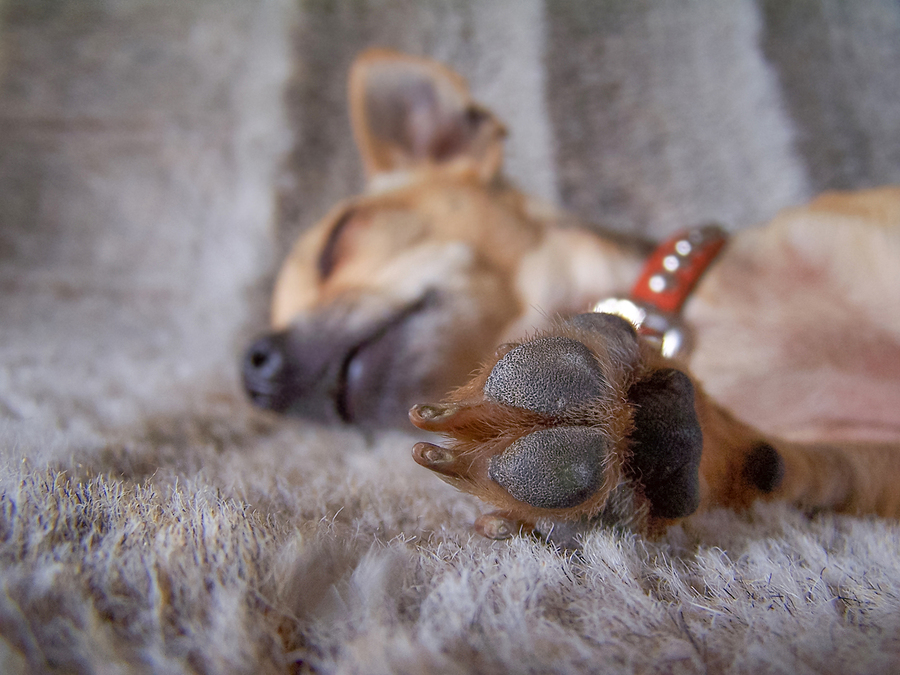Are you afraid to trim your puppy’s toenails? This is something you want to get right, or you’ll be setting yourself up for a lifetime of difficulties when it’s pedicure time. I teamed up with my daughter, trainer Mikkel Becker, to answer a reader’s nail clipping question.
Q: I just got a new puppy, and I’m afraid to trim her nails. I “quicked” my previous dog once, and I still shudder when I remember the screaming and the blood. How can I do it right?
A: Ouch! We feel your pain — and your former dog’s. But now is your chance to redeem yourself and set your puppy’s paws on the path to good walking condition. Here’s how to get started.
First, get the right size clippers for your dog. Ask your veterinarian, a professional groomer or the dog’s breeder to recommend an appropriate pair that’s not too large and not too small.
Get a lesson. Your veterinarian, a veterinary technician or a professional groomer can demonstrate the best technique to use.
The goal is to trim off the dead part of the nail without hitting the quick — the blood vessel that feeds the nail. If your dog has white nails, the quick is usually pretty easy to see — it’s the dark line you see running through the middle of the nail. It can be more difficult to spot if your dog has dark nails, but shining a penlight on the nail will often highlight it.
Trimming just before the nail curves is usually the best way to avoid quicking a dog. Hold your puppy’s paw firmly in one hand, and use your dominant hand to trim the nail. Do just one or two at a time, taking off just a small amount to make sure you don’t hurt her. If necessary, a spouse, child or friend can distract her with a spoonful of peanut butter.
Clip nails often, not only to keep them short, but also to accustom your dog to having her feet handled. How can you tell if the nails are at a good length? They shouldn’t touch the ground when your dog is standing.
More, including how to help pets and people as temperatures climb, in this week’s Pet Connection!


